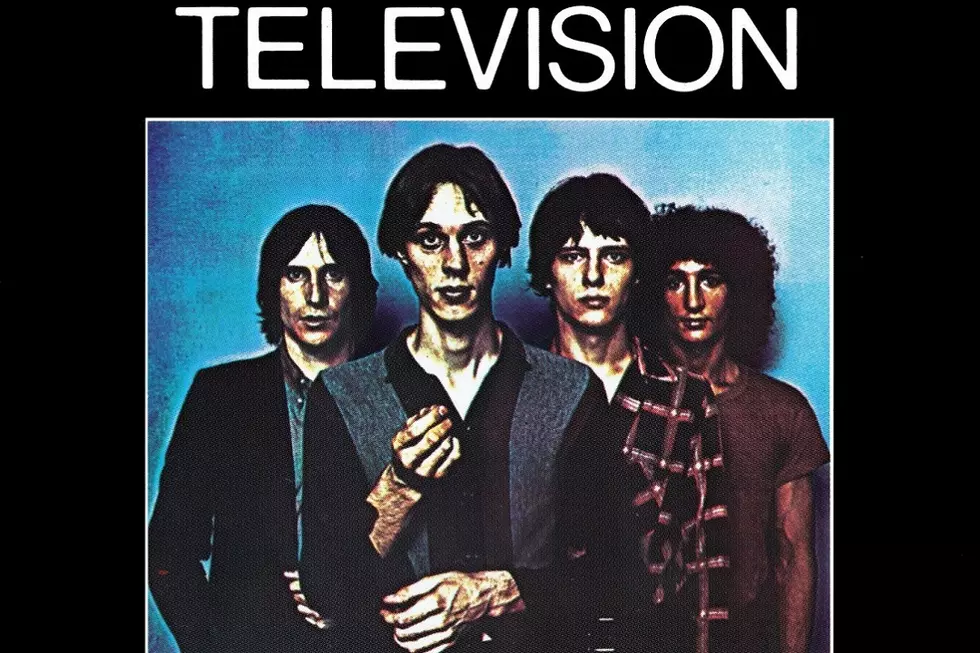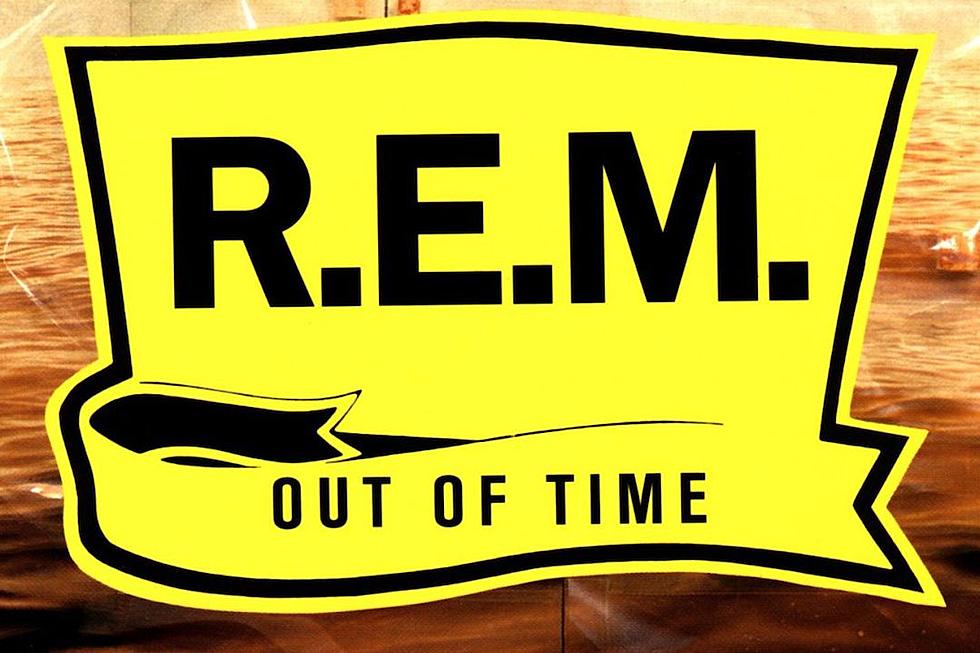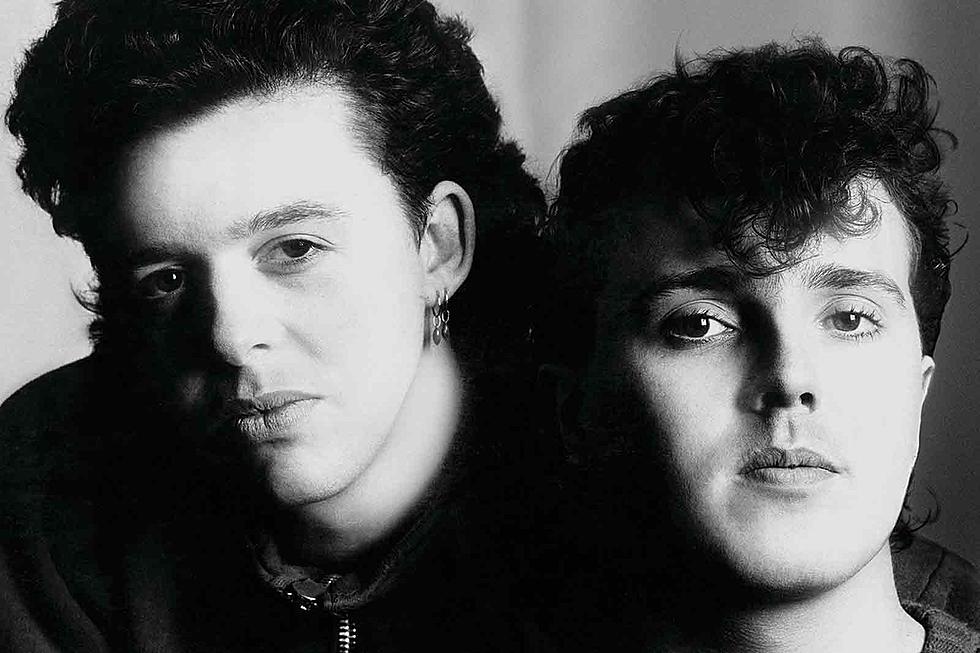30 Years Ago: The Damned End a 10-Year Run With ‘Anything’
Nearly a decade after they kicked off the British punk revolution with “New Rose,” the Damned scored the biggest hit of their career. The band’s 1986 cover of the ’60s pop tune “Eloise,” put out as a non-album single, topped out at No. 3 on the U.K. charts – a new peak for the rockers. But it was to be short-lived, with the ending coming following the release of Anything on Dec. 1, 1976.
By this time, the Damned were almost unrecognizable from the brash brand that released the U.K.’s first punk single. Although singer Dave Vanian had long enjoyed dressing up as a vampire for shows, over the course of the ’80s, his horror fandom permeated the entire group, hastened by the departure of co-founder Captain Sensible. The Damned morphed into a full-fledged gothic rock band, playing up its dark image while sanding the edges of its rough sound.
The group became as popular as ever, landing a contract with MCA and scoring a hit album with 1985’s Phantasmagoria, followed soon by “Eloise.” With the Damned riding high, the money men wanted the band to head into the studio as soon as possible to record a new album. The only problem was that the guys didn’t have any material.
“We were pushed into the studio to do Anything before we actually had any songs written,” Vanian later said. “But hey, the manager got the swimming pool he wanted and then everyone that signed us to MCA left the company and those that were left didn’t know what to do with us.”
The Damned holed up in Denmark’s Puk Recording Studios, hastily coming up with new songs. The lone exception on the 10-track album was the echoing, synth-laden “In Dulce Decorum,” which drummer Rat Scabies said was demoed before the sessions. Still, the relative seclusion of Puk allowed the band to focus.
“I think it’s ’cause there’s no distractions,” Vanian said in the midst of the Anything sessions. “If you were to record in New York or somewhere … you do listen to the radio all the time, and stuff, and your sort of end up with that as your influence. Whereas, in Denmark, there’s nothing like that to interfere with your artistic integrity.”
Yet, when a camera crew from British TV’s The Old Grey Whistle Test came to check up on the recording sessions in 1986, the Damned chose not to play some of the new music, but to jam in the studio on a cover of the Doors’ “L.A. Woman.” A different cover song ended up making the final album: a cavernous take on Love’s “Alone Again Or.”
Although Anything continued to show the Damned’s goth fascinations, it did take the band in a more mainstream direction, with a big, slick rock sound. It’s an approach that Vanian eventually felt detracted from the group’s songwriting.
“I enjoyed it, some of the production in retrospect could have been done a little better, but it was the ’80s,” Vanian said. “Some of those songs were just as heartfelt as anything that had gone before despite the frills and ruffles.”
If the production wasn’t great for posterity, it was right for the moment. Anything rose to No. 40 on the U.K. album chart and launched four charting singles, including the title track. The LP went silver in Britain and earned pleasant reviews, although it is now considered one of the Damned’s weakest releases.
Regardless, Anything would mark the end of an era for the Damned. After getting dropped by MCA, the band wouldn’t make another studio album for nine years, and the group would never again land an album or single on the charts.
The Top 40 Albums of 1986
More From Diffuser.fm









